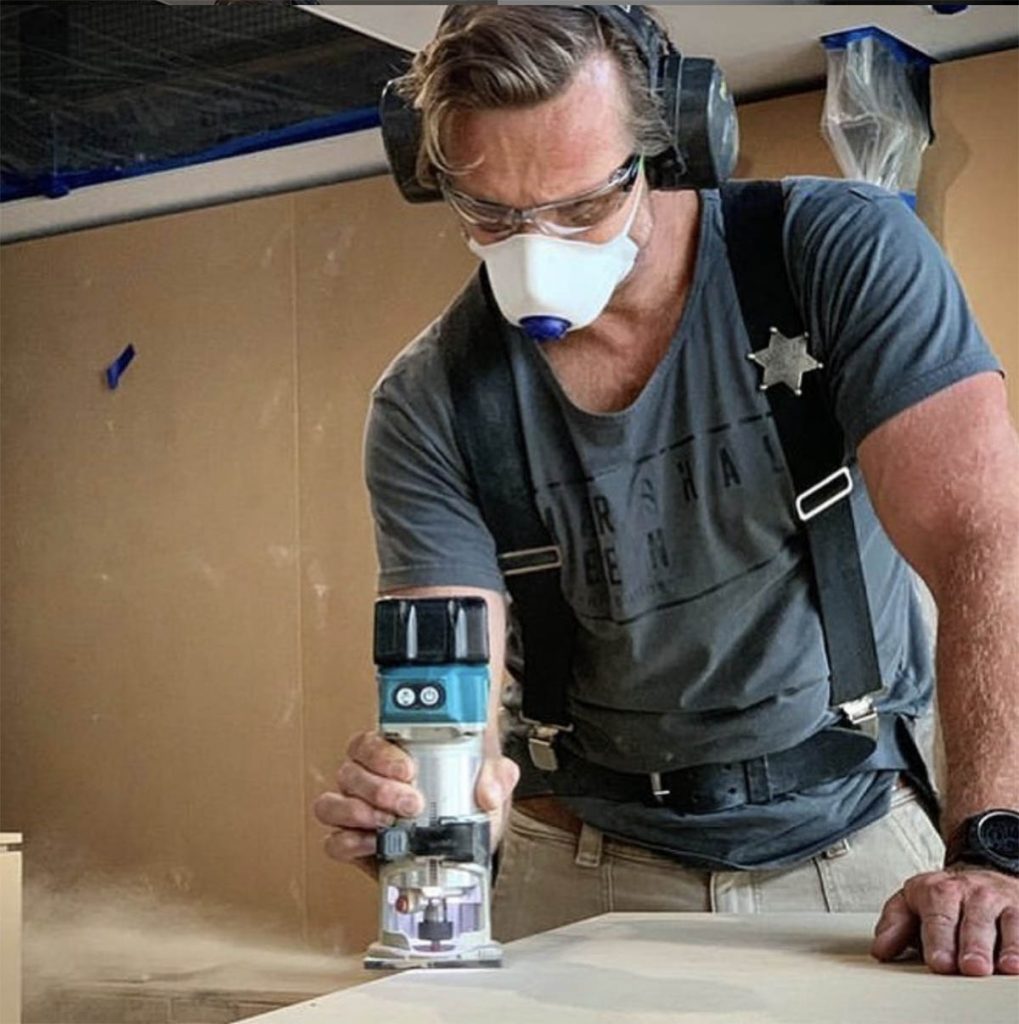How each Australian state has regulated silica dust in workplaces

High silica exposure rates among Australian workers came to light in 2018, prompting reviews of state workplace health and safety (WHS) laws and exposure limits.
Workers compensation bodies have seen a number of claims for silicosis, an incurable and potentially fatal lung disease that can develop as a result of exposure to respirable crystalline silica (RCS), more commonly known as silica dust.
While all construction, tunnel and mining workers may be at risk, those working with manufactured stone face the greatest exposure, with artificial stone having much higher rates (>90 per cent) of crystalline silica than its natural counterpart.
These circumstances prompted WorkCover Queensland to issue a safety alert in September 2018, highlighting the health risks to those working with engineered stone benchtops, and to commence an audit of the manufactured stone industry.
The following month, doctors’ calls for urgent national screening of stonemasons to check for silicosis led the Federal Health Minister to ask state workplace regulators to investigate safety risks and unsafe work practices in the industry.
The issue was also brought to the Council of Australian Governments in December 2018, where a commitment was made to start a national dust disease register for workers, though this has not been established at the time of writing in April 2019.
With the Cancer Council estimating that 587,000 Australian workers were exposed to silica dust in 2011 – with 5,758 expected to develop cancer as a result – there are concerns that this could be the biggest occupational lung disease crisis since asbestos.
With such high stakes, what actions are states taking to combat high silica exposure rates?
Australia
Safe Work Australia standards dictate that employers must monitor and control safety risks associated with hazardous substances, including silica dust.
More specifically, they must ensure that the workplace exposure limit of 0.1mg/cubic metre over 8 hours is not exceeded and provide health monitoring to at-risk workers.
Safe Work Australia has identified RCS exposure standards as a priority in their 2018–2020 review of workplace exposure standards.
This has been prompted by industry bodies and health organisations calling for the exposure limit to be lowered in line with the new US standard of 0.025mg.
Queensland
Queensland has led the charge in the crackdown on workplace silica exposure, banning dry-cutting, grinding or polishing of engineered stone and establishing a working group to develop a new code of practice to control silica exposure in the stone benchtop industry.
552 breach notices were issued for dry-cutting, inadequate protective equipment and inappropriate workplace cleaning practices, along with 15 infringement notices and $54,000 of fines, as part of the state’s industry audit.
Additionally, WorkCover Queensland funded health checks for almost 800 current or former stonemasons who were exposed to silica dust from engineered stone.
Unfortunately, 115 of them were found to have contracted silicosis already, 16 of whom are terminal.
Victoria
WorkSafe Victoria has also started a compliance program and visited 171 workplaces and issued 311 notices related to silica dust at the time of writing.
The Victorian Government has indicated that they are looking to adopt similar changes to Queensland and are currently working on a model to improve the regulation and enforcement of laws relating to silica dust.
Furthermore, the Workplace Minister indicated the government’s intent to lobby for the Australian workplace exposure standard of silica to be reduced to 0.02mg/cubic metre in an 8-hour period, even lower than the US standard.
Tasmania
WorkSafe Tasmania released a similar safety alert to Queensland in November 2018 banning the use of dry-cutting techniques on engineered stone.
Western Australia
The Western Australia Department of Mines, Industry Regulation and Safety issued a Guidance Note in December 2018 indicating that employers should prohibit uncontrolled dry-cutting, grinding or polishing as part of their responsibility to control safety hazards.
South Australia
South Australia has started a silicosis screening program.
NSW
After formaldehyde, crystalline silica is the second highest priority chemical in a SafeWork NSW strategy to reduce high levels of workplace exposure to hazardous chemicals and materials.
The strategy, released in October 2017, forms part of the NSW Work Health & Safety Roadmap 2022 and aims to reduce workplace exposure to hazardous chemicals by 30 per cent by 2022.
Actions included researching and adopting
international best practice standards for health monitoring and early detection
of silicosis, lobbying for the lowering of Australian RCS exposure standards,
introduction of a NSW silicosis registry and reducing the number of WHS
non-compliant workplaces.








































































